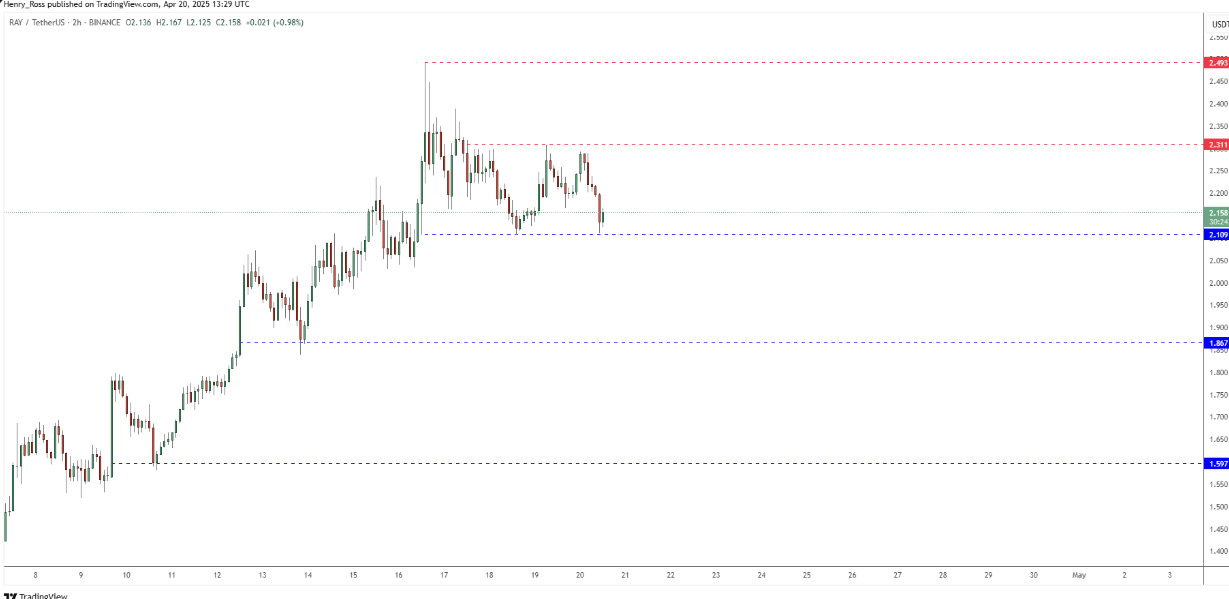F1 Drivers Let Us Know Just How Realistic ‘F1: The Movie’ Really Is
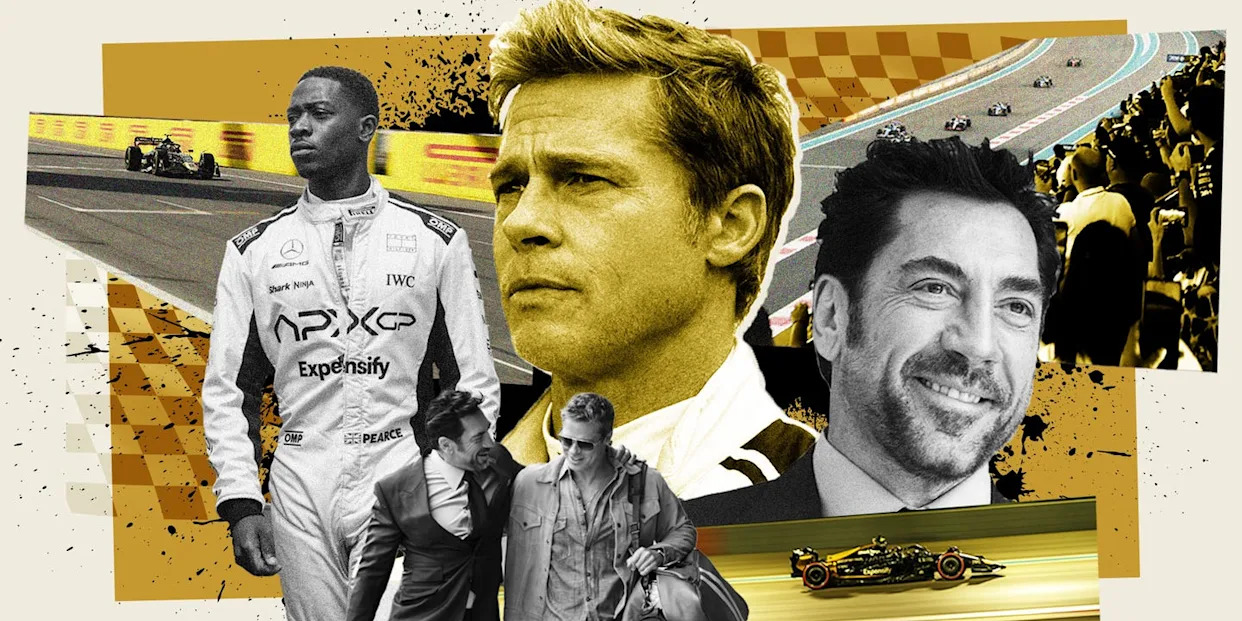
"Hearst Magazines and Yahoo may earn commission or revenue on some items through these links."
The following story contains spoilers for F1: The Movie (2025).
F1: THE MOVIE is unlike any theatrical experience you’ll have this year. The Brad Pitt-starring movie from Top Gun: Maverick director Joseph Kosinski and produced by legendary blockbuster-maven Jerry Bruckheimer delivers on its need for speed. The selling point for the film, similar to Kosinski’s Maverick, is the fact that Pitt and co-star Damson Idris drove the cars themselves on F1 tracks. While they didn’t participate in the races, every interior shot of the actors behind the wheel is actually them. Pitt recently mentioned he racked up over 6,000 miles in a car, which makes him quite an experienced driver in the sport. It’s a big production, and certainly one that Apple Original Films is hoping will make a splash this summer blockbuster season.
AdvertisementAdvertisement#«R25ekkr8lb2m7nfblbH1» iframe AdvertisementAdvertisement#«R45ekkr8lb2m7nfblbH1» iframeAs with all movies rooted in some sort of non-fictional atmosphere, F1: The Movie has to present a realistic reality of the world it seeks to depict. To wit, driver Lewis Hamilton consulted closely with the whole creative team to ensure as much realism as possible ended up in the final product. While that could mean bigger details about how it feels to be behind the wheel, it could also include more minor tidbits, like what an engine sounds like as it's shifting through gears going around a turn, or going up a hill.
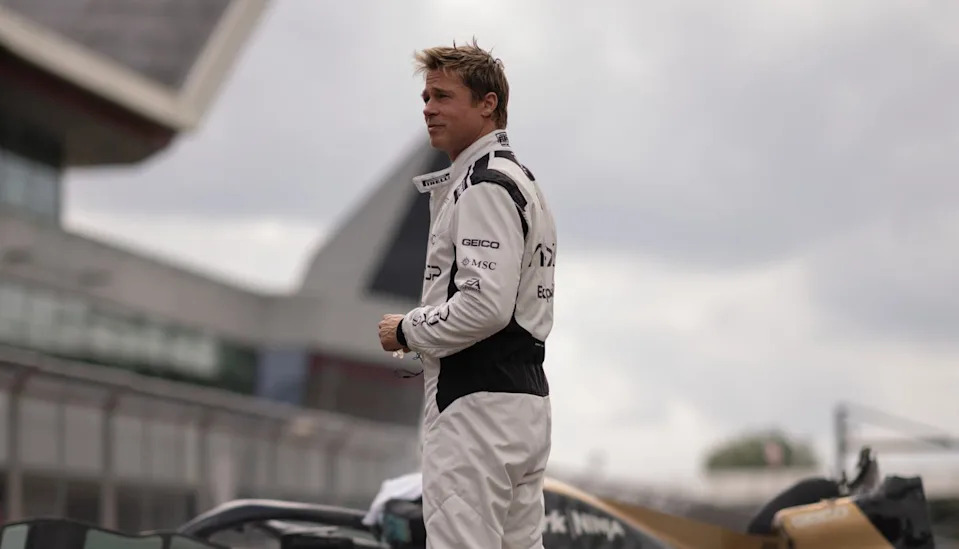 Warner Bros.
Warner Bros.But what do actual F1 drivers think of the final product? Ahead of the movie's premiere, Men’s Health attended the Canadian Grand Prix and spoke with Alpine drivers Pierre Gasly and Franco Colapinto about their experiences watching the film and how it differs from their day-to-day lives. We’ve broken down their commentary into two major sections—what F1: The Movie gets right and what it gets less right—to help you separate fact from fiction when it comes to the movie.
Shop Now
What F1: The Movie Gets Right
Gasly immediately keyed into the responsibilities of what it means to be an F1 driver. “I think some of the core values of the movie, between the dynamic between the teammates, are very well portrayed,” he says. “The stakes, as a driver, [of] carrying the responsibility of a thousand people working in a team… it's a sport where you put [it] all out [there], but you're not always rewarded on track if the car doesn't perform. That's very well showed.”
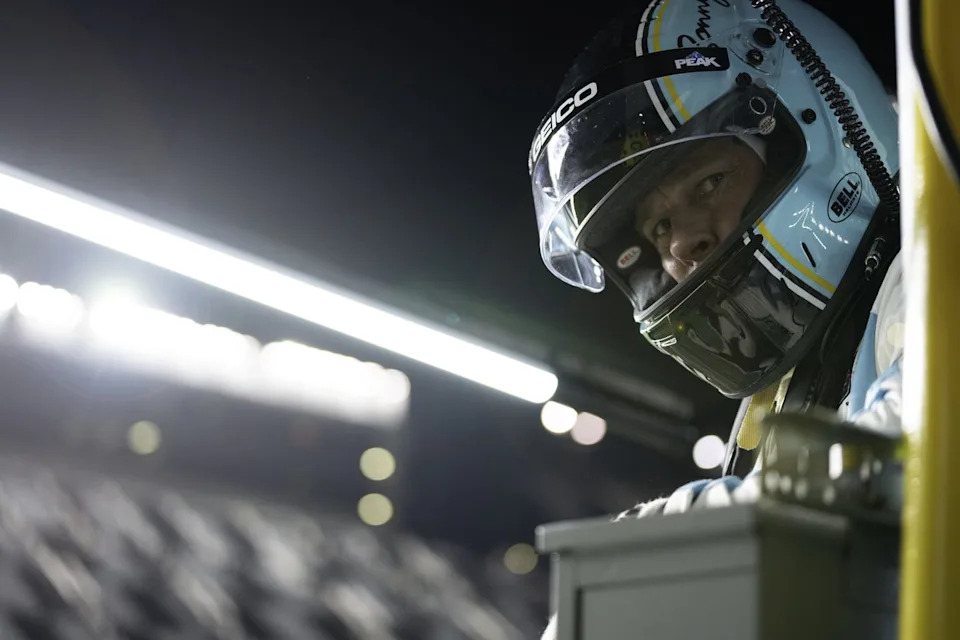 Warner Bros.
Warner Bros.Colapinto notes that the in-race experience felt very accurate to him. “If you're not in the grandstand or on the track as a photographer or a marshal, you can't really feel that speed when you watch it on TV,” he states. “You see that we are very quick, we’re going fast in the corners—but you can’t feel that adrenaline we’ve got. You can’t feel that sound, vibrations, and all those things that we actually feeling. Or that the fans feel when they’re here watching. Unfortunately, [we] can’t take that to the fans that are watching from home. I think the movie was a great way to put a lot together to bring to the fans. The camera angles, the ways they were filming the races, and the ways they managed to recreate some scenes are very special and very unique.”
AdvertisementAdvertisement#«R2eekkr8lb2m7nfblbH1» iframe AdvertisementAdvertisement#«R4eekkr8lb2m7nfblbH1» iframeGasly also noted that the sport is very, very data-driven. A lot of F1 can come down to ensuring drivers on a good tire strategy or that pit crews hit a tire change in (literally) two seconds. That’s not always the most cinematic thing to behold. “A lot of other moments [in F1] will be purely boring,” Gasly notes. “You sit down behind a computer and look at data and make decisions based on that. Then, you go back in the car and push it to the limit … they showed both sides of it in a very smart way.”
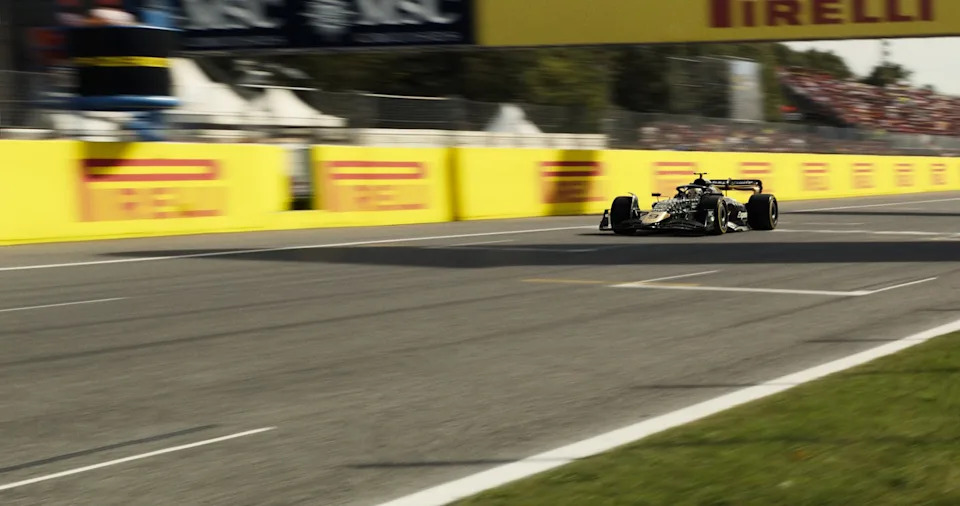 Warner Bros.
Warner Bros.So, big picture, the Alpine lads were very excited about the way the sport is portrayed in the film, feeling it to be overall quite accurate to what they experience behind the wheel of an F1 car.
What F1 Gets Less Right
Sonny’s End of Race Participation
While it makes for some fun dramatic tension, Sonny’s (Brad Pitt) sudden reappearance at the end of the movie on race day is a moment of “science fiction,” as Colapinto notes. There are a handful of rulings around driver eligibility, including regulation numbers 32.2 (“A change of driver may be made at any time before the start of the sprint shootout at each competition where a sprint session is scheduled”) and 37.1 (“No driver may start a sprint session or the race without taking part in at least one practice session”). Sonny wouldn’t be allowed to race on the day without having participated in either practice or qualifying. While we hate to be buzzkills, Sonny showing up to save the day on the track couldn’t have occurred in the manner in which it does. If he’d participated in strategy for Pearce (Damson Idris), well, that’d be a different story. But he wouldn’t have been allowed in the driver’s seat.
Race Order
This is a very minor issue, but the montage of races that occurs in the middle stretch of the movie slots the Belgian Grand Prix after the Mexico Grand Prix. That’s not technically correct. While F1 is certainly a globe-trotting affair for the most part, races are typically stacked in the same part of the world to cut down on extensive traveling. In fact, the Belgian GP is part of the middle stretch of the calendar, featuring a handful of European races including Austria, Great Britain, Hungary, Belgium, the Netherlands, and Italy. While some of those races swap weeks here and there, F1 wouldn’t go from North America all the way back to Europe with only a few weeks left to go before the season concludes.
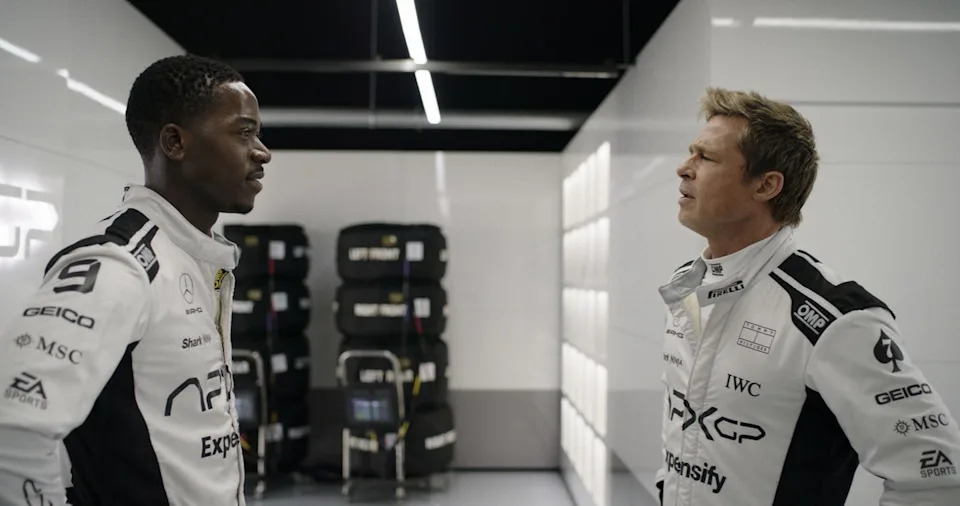 Warner Bros.
Warner Bros.Intense Crash
Around the midpoint of the film, Pearce has a very intense crash. While accidents and even deaths are not uncommon in F1, one of this magnitude is a little more on the rare side. In a press conference about the movie, Kosinski confirmed that Pearce’s crash is inspired, in part, by the 1966 movie Grand Prix. Sort of the F1: The Movie of its era, the John Frankenheimer-helmed and James Garner-led film features a big crash sequence that’s similarly staged.
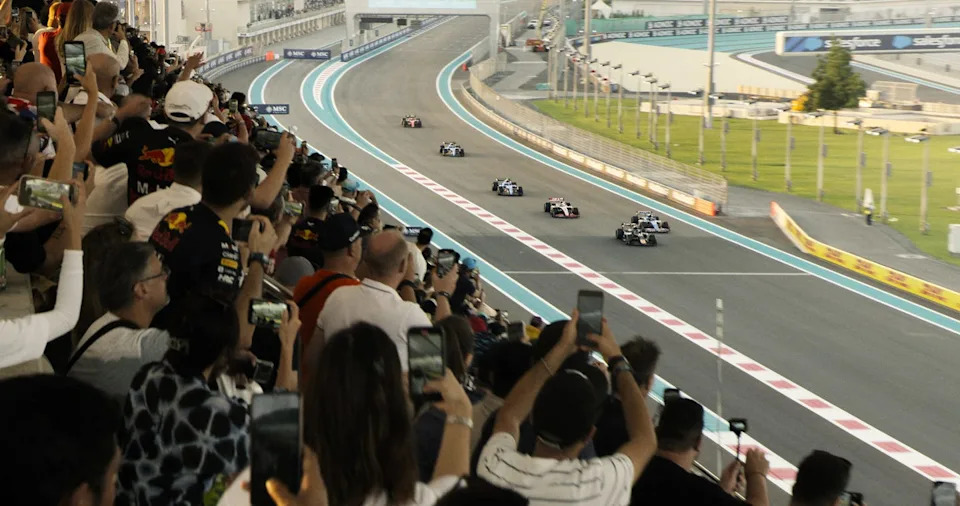 Warner Bros.
Warner Bros.As for the real-life stakes of an F1 race, well, here’s what Gasly had to say. “There was one crash where it looked pretty dramatic,” he tells us. “Hopefully, we will never see that happening on track… I think it was to make people understand, [to] get that sense of danger and fear, because when you see a car pass—most people see a car pass [while] we go at crazy speed, 350 [kph]—it’s fine. People understand [that speed]. But sometimes you go at a hundred, and it looks safe. The reality is, speed is very dangerous [and] sometimes you need to make it look slightly more dramatic to get that sense of fear.”
AdvertisementAdvertisement#«R2sekkr8lb2m7nfblbH1» iframe AdvertisementAdvertisement#«R4sekkr8lb2m7nfblbH1» iframe“It’s quite unrealistic,” Colapinto added.
Again, it’s not that deaths don’t happen in the sport; the last major F1-related death happened in 2014 when Jules Bianchi passed away as the result of injuries sustained during an accident at the Japanese Grand Prix. In the aftermath of Bianchi’s death, the Halo—a ring-like bar that sits right above a driver’s head—was implemented and has now become a standard safety practice across a variety of motorsport activities, including Formula 1 to 4, and even IndyCar. But having a car fly off the track in that manner is highly unlikely in the course of the sport nowadays.
Collateral Damage
The most significant and most glaring difference from an actual F1 race to F1: The Movie involves Sonny’s—ahem—suspect race strategy. His plan to intentionally stroll debris across the track, by clipping his front wing and then driving through a sign, would, simply, not fly in today’s F1 climate. “I really doubt the FIA will let [that] happen,” Gasly says. Intentional or deliberate acts are typically penalized; recently, Red Bull driver Max Verstappen was punished for driving his car into the side of Mercedes driver George Russell, resulting in a penalty point on his license. If drivers accumulate a total of 12 points in a 12 month period, they’ll receive a one-race ban. In this instance, Verstappen received his 11th point, meaning that he’s one more infraction away from incurring that one-race ban. It is safe to say that if Sonny’s behavior would have, if determined by the FIA, been as intentional as he makes it out to be in the movie, he would have received a penalty point on his license at worst, and possibly a race (or races) ban at worst.
You Might Also Like
The Best Hair Growth Shampoos for Men to Buy Now
25 Vegetables That Are Surprising Sources of Protein







